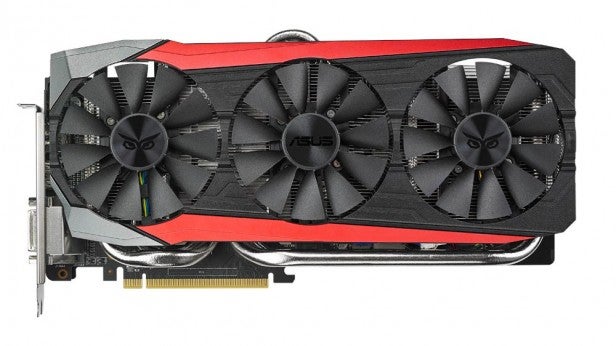

What's more, being a gamer-centric card first and foremost, the extra silicon required to enable faster double-precision support is missing on Fiji - it can process double-precision at 1/16th of SP. The trade-off in this case is a lack of scaling on the render back-ends, which stay at 64, along with no obvious increase in the four geometry processors and associated hardware already available in Hawaii. It clearly sees compute power - loosely defined as the ability to paint lovely-looking pixels - as being vitally important to games designers, so a large portion of the die is devoted to the CUs. The company's focus on compute provides key insight into AMD's hardware strategy. Prior knowledge of the peak 1,050MHz clock frequency translates to a monster-ish potential 8.6TFLOPS of compute on a single GPU, handily dwarfing anything seen before.ĪMD runs with a 596mm² die, which is very marginally smaller than Nvidia's Maxwell GM200, but knows any GPU design, no matter how big, remains a trade-off. Maintaining 16 texture units per CU throws up a GPU-wide 256. With 256 cores per CU, there's 4,096 of these ALU units on hand. Whereas the nascent R9 390X and R9 380 have 2,816 and 1,792 cores split over 11 and 7 Compute Units, respectively, Fiji increases this to a mammoth 16. Fury X's solution for meeting the high-resolution rendering problem head-on is more brutish than elegant: AMD scales up the design to accommodate more shading cores and texture units. Fury X uses the same GCN 1.2 blueprint - or third-generation iteration in AMD-speak - as found on the Tonga/Antigua GPU present in R9 285 and R9 380. Built on the same 28nm process that has been in evidence since December 2011, AMD doesn't tinker with the core architecture a great deal. Part of that reveal was disclosure of the Fury X's high-level specs.įury X uses the full implementation of the so-called Fiji GPU die. Next came the partial reveal at last week's E3 show, with senior AMD representatives offering glimpses into the card's performance. First came details about an innovate, clever new technology called high-bandwidth memory (HBM) - more on this later. We know all about Nvidia's efforts from looking at the impressive numbers posted by the GeForce GTX Titan X and, more recently, GTX 980 Ti, so let's examine how AMD goes about letting loose a behemoth of a GPU: enter the Fiji-infused Radeon R9 Fury X.ĪMD is telling the Fiji story in bite-size chunks. AMD, on the other hand, refines its GCN architecture and, instead, puts more focus on the memory side of things. Nvidia teases out iterative gains from the energy-efficient Maxwell architecture and relies on pushing considerable throughput on a 250W design. These decisions are actually made some time in the past, often years ago, so what you see today is the engineering teams' design ethos back in 2012 or so.

The two GPU heavyweights have decided to use a different tack towards solving the problem of gaming at high resolutions. Let's make something clear at the very outset of this review. Thinking about buying a really good graphics card right now? Read away. Curiously and interestingly, Nvidia and AMD debut their premium graphics GPU architectures within a month of one another. GPU architectures tend to run like London buses - you rarely seeĪ new one and then, quite unexpectedly, two come along at once.


 0 kommentar(er)
0 kommentar(er)
